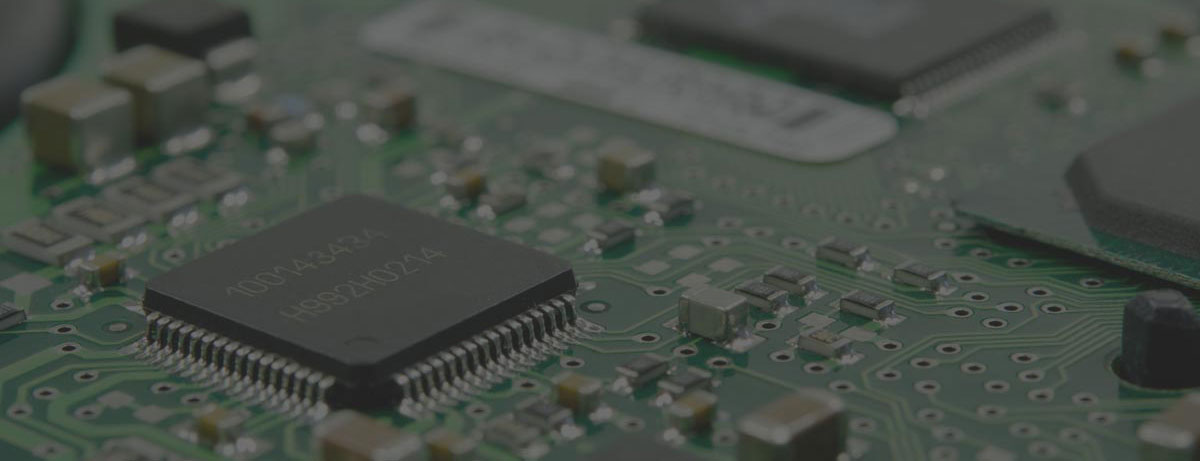Many reports have been released in recent years regarding the negative effects of disposing of e-waste in landfills.
If you are a business, the best way to dispose of e-waste is to drop it off at an e-waste recycling plant.
In this article, the processes that occur at these plants are discussed in greater detail. In particular, how the waste is dismantled, where it goes, and how it’s used in the future is considered. Towards the end of the article, some final thoughts regarding e-waste are discussed.
The Dismantlement of E-waste
E-waste that first arrives at an e-waste recycling plant is checked to determine if it’s salvageable.
If the electronic product is in working condition, then many centers have stores that resell these items for affordable prices.
Sometimes the product will need to be refurbished first. In this case, it’s given to specialized technicians who will perform the necessary repairs in order to make the product salable.
If the product is not salable, then it’s typically moved to a nearby center and initially inspected by technicians. These technicians minimize the negative impact that electronic waste can have on the environment during its processing.
Many plants then use an optical sorting system that involves a shredder and a laser beam.
The shredder helps break down the parts of the waste while the laser beam helps identify the various parts of the e-waste. These parts are then sorted into piles depending on their constitution. For example, there are typically piles for plastic, metal and computer chips.
Some parts of e-waste cannot go through the shredder. Thus, technicians have to remove things like print cartridges or rechargeable batteries, as these can explode in the shredder.
Making Use of the Parts
These parts are then sold on the global market, as they are still quite valuable.
Plastic is often sold to manufacturers in China. Other parts like earth metals typically stay in the US. These metals are easier to extract from the e-waste than from the planet. This process thus avoids many of the negative effects of mining for metals.
Additionally, older TV monitors have often lots of lead that can be sent to smelters in the US.
Some states require that cell phones be recycled at specially designed e-waste recycling plants. For example, New York requires that cell phone companies have their own recycling programs.
These parts are often used in the creation of new electronics. This saves the manufacturer money and also protects the environment from further damage.
Final Thoughts on E-waste Recycling Plants
E-waste has become a concern lately due to its inability to break down in a healthy way.
Despite the creation of many e-waste recycling plants, many businesses still dispose of these products improperly.
If you live in the Bay area, the center I Got E-Waste offers a disposal pick-up service for businesses. This service covers the cities of San Francisco, San Mateo, Oakland, Walnut Creek, and Pleasanton.
In the future, all e-waste will be recycled, which will free manufacturers from ever having to mine for resources ever again. This will allow the earth to return to a state of balance, which will usher in a new era of peace and prosperity.



